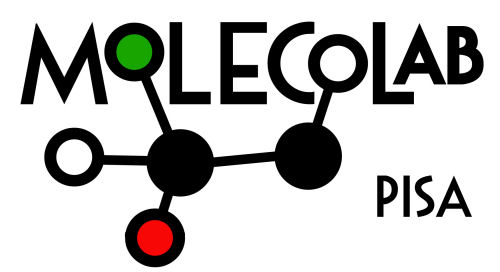
The rotationally resolved infrared (IR) spectrum of the He–H+3 complex has been measured in a cryogenic ion trap experiment at a nominal temperature of 4 K. Predissociation of the stored complex has been invoked by excitation of the degenerate ν2 mode of the H+3 sub-unit using a pulsed optical parametric oscillator system. An assignment of the experimental spectrum became possible through one-to-one correlations with bands of the spectrum theoretically predicted in Paper I [Harding et al., J. Chem. Phys. 156, 144307 (2022)]. 19 bands have been assigned and analyzed, and the energy term diagram of the lower states of this floppy molecular complex has been derived from combination differences (CDs) in the experimental spectrum. Ground state combination differences (GSCDs) reveal a large part of the energy term diagram for the He–H+3 complex in its vibrational ground state, v = 0. Experimental and theoretical term energies agree within experimental accuracy for the rotational fine structure associated with the total angular momentum quantum number J and the parity e/f as well as for the coarse spacing of the lowest K states of the complex. This favorable comparison shows that the potential energy surface (PES) calculated in Paper I is accurate. The barriers between the three equivalent global minima in this PES are relatively low and the He–H+3 complex is extremely floppy, with nearly unhindered internal rotation of the H+3 sub-unit. The resulting Coriolis interactions couple the internal and end-over-end rotation of the complex and contribute significantly to the energy terms. They are observed both in experiment and theory and are, e.g., the origin of different rotational constants for states of e and f parity. Also in this respect, experiment and theory agree very well. Despite the assignment and analysis of many bands of the extremely rich IR spectrum of He–H+3, higher levels of excitation, including the complex stretching mode, need further attention.
Salomon, T.; Brackertz, S.; Asvany, O.; Savić, I.; Gerlich, D.; Harding, M. E.; Lipparini, F.; Gauss, J.; Van Der Avoird, A. & Schlemmer, S.
J. Chem. Phys. 156, 144308 (2022) https://doi.org/10.1063/5.0087427

